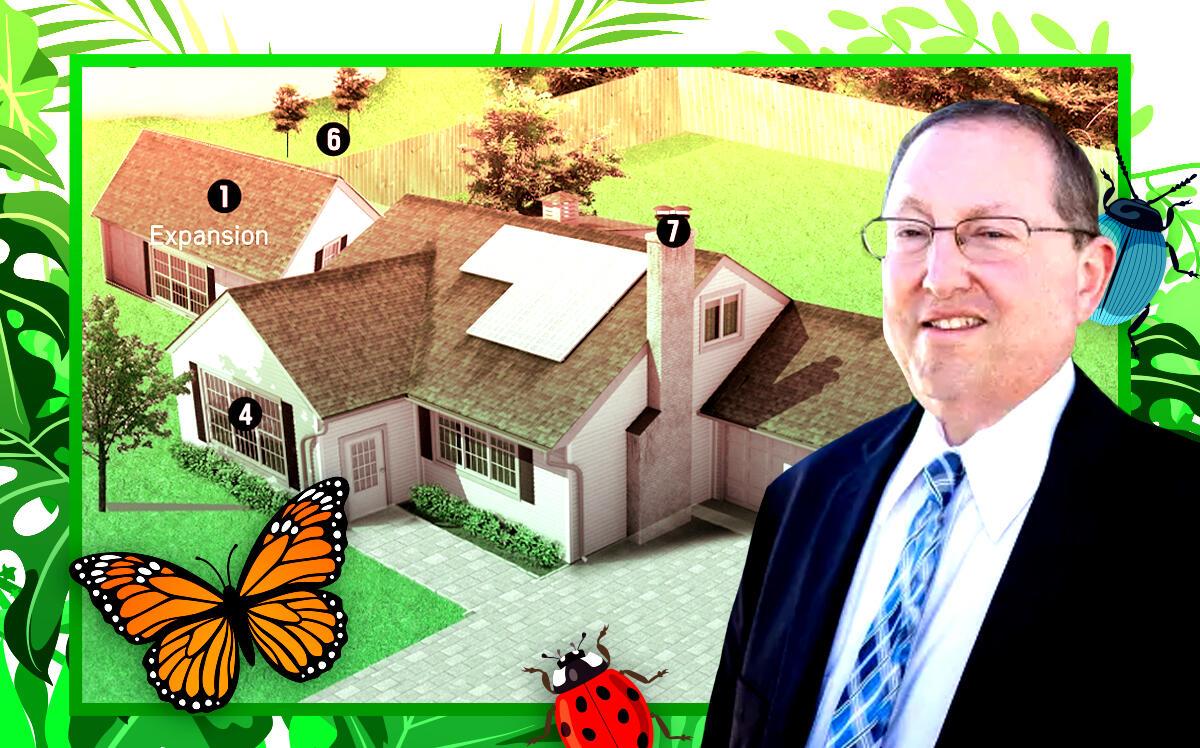 Bird’s eye view: PETA, Audubon raise avian death concerns over Hollywood project
Bird’s eye view: PETA, Audubon raise avian death concerns over Hollywood project
Trending
LA panel backs 23K-acre wildlife district in Santa Monica Mountains
Plan would safeguard animals from development between Griffith Park and 405 Freeway

Los Angeles has moved forward with a plan to reduce the impact of residential development on wildlife.
The city’s Planning Commission has approved an ordinance aimed at protecting wildlife habitat, trees and waterways in the hills between Griffith Park and the 405 freeway, the Los Angeles Daily News reported.
The proposed wildlife district, launched eight years ago by L.A. City Councilman Paul Koretz, aims to strike a balance between real estate development and wildlife by requiring developers or homeowners to build or enlarge homes in ways that protect birds and animals.
“Its passage is long overdue,” Koretz said at a four-hour discussion before the unanimous vote. “The purpose of this ordinance is to work to protect existing wildlife corridors and to prevent the potential bottlenecks and choke points caused by each new building in the hillsides.”
The effort would preserve wildlife corridors in a 23,000-acre district that includes the Hollywood Hills and the Santa Monica Mountains. It includes parts of Bel-Air, Sherman Oaks and Studio City.
City planners said the average size of homes across the hills has nearly doubled over the last six decades, from 4,300 square feet in 1962 to 8,800 square feet in 2020.
Under the ordinance, homeowners would be exempt unless they start a major remodel. Developments of 6,000-square-foot properties or larger would be subject to a site plan review.
No new development could be taller than 45 feet and basements would be counted toward total floor area.
The ordinance would apply to new construction of 500 square feet or more, including additions to an existing home such as a granny flat or an ADU.
New fences must be wildlife-friendly – no barbed wire, spikes or sharp glass – so animals that pass through properties won’t be harmed.
To protect birds, new homes would be required to install UV reflective glass for big windows. Developers would be required to plant one native tree for each 1,000 square feet of additional floor area.
Opponents said the proposed wildlife district would increase safety risks from wild animals and put limitations on property owners who want to redevelop their homes. They cited a recent coyote attack on a 2-year-old girl and mountain lion that mauled a chihuahua.
Homeowner Don Harrison said he was worried the ordinance would prevent the sale of his 2,100-square-foot ranch home. He was disappointed he hadn’t heard “one person related to the government on these presentations stick up for the rights of private property owners or taxpayers.”
Supporters said wildlife attacks on animals, and especially humans, are rare — while mountain lions born in the Santa Monica Mountains face extinction. They said if Los Angeles doesn’t actively protect nature and wildlife, it will lose it.
“Those who spoke about being afraid for their children should be afraid of leaving their children a world with no wildlife,” homeowner Jane Velez said.
The wildlife ordinance will be reviewed by the city’s Planning and Land Use Management Committee before it heads to the City Council for a final vote.
— Dana Bartholomew
Read more
 Bird’s eye view: PETA, Audubon raise avian death concerns over Hollywood project
Bird’s eye view: PETA, Audubon raise avian death concerns over Hollywood project
 For the birds: NYC buildings told to use flight-friendly materials
For the birds: NYC buildings told to use flight-friendly materials




